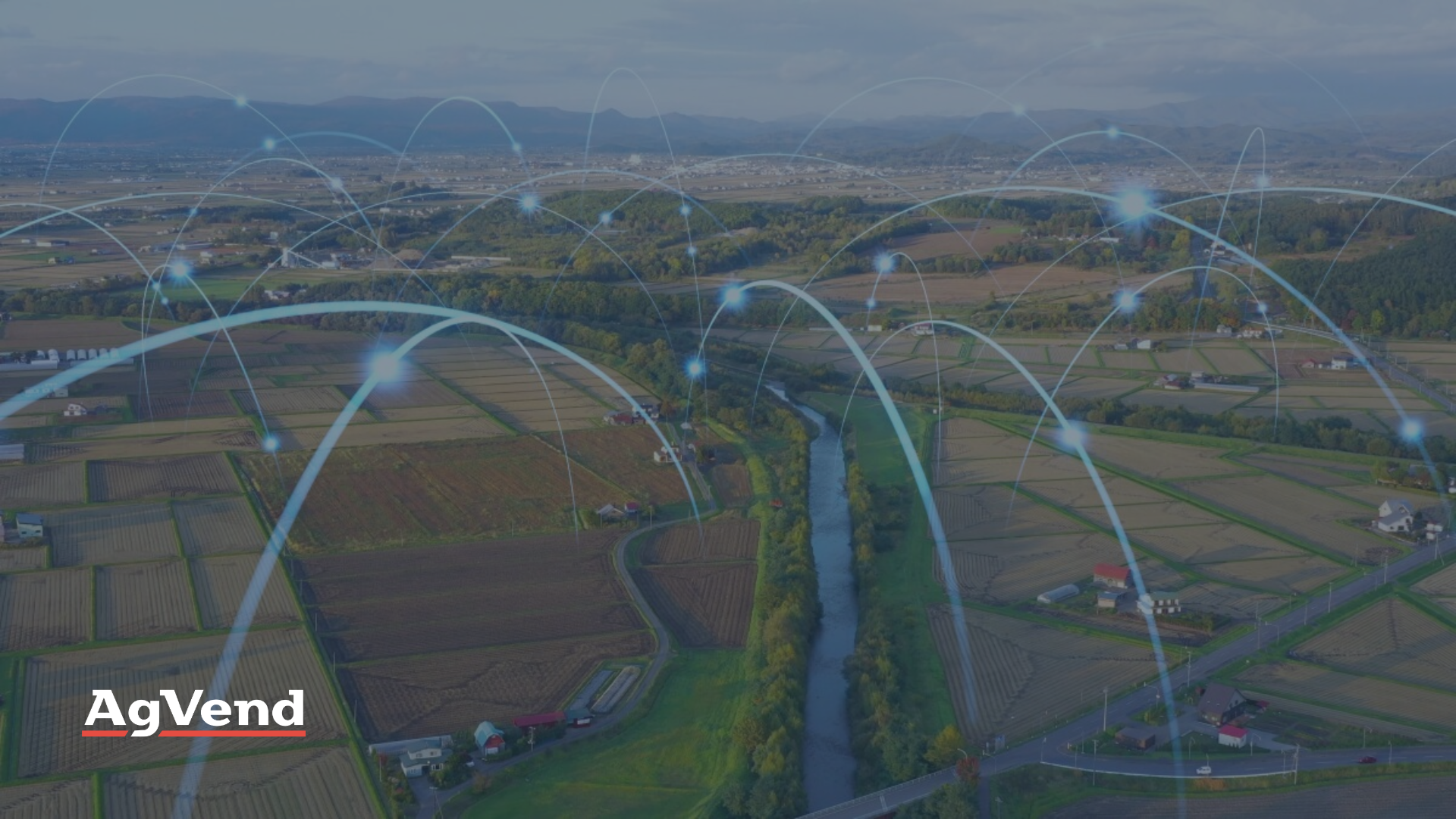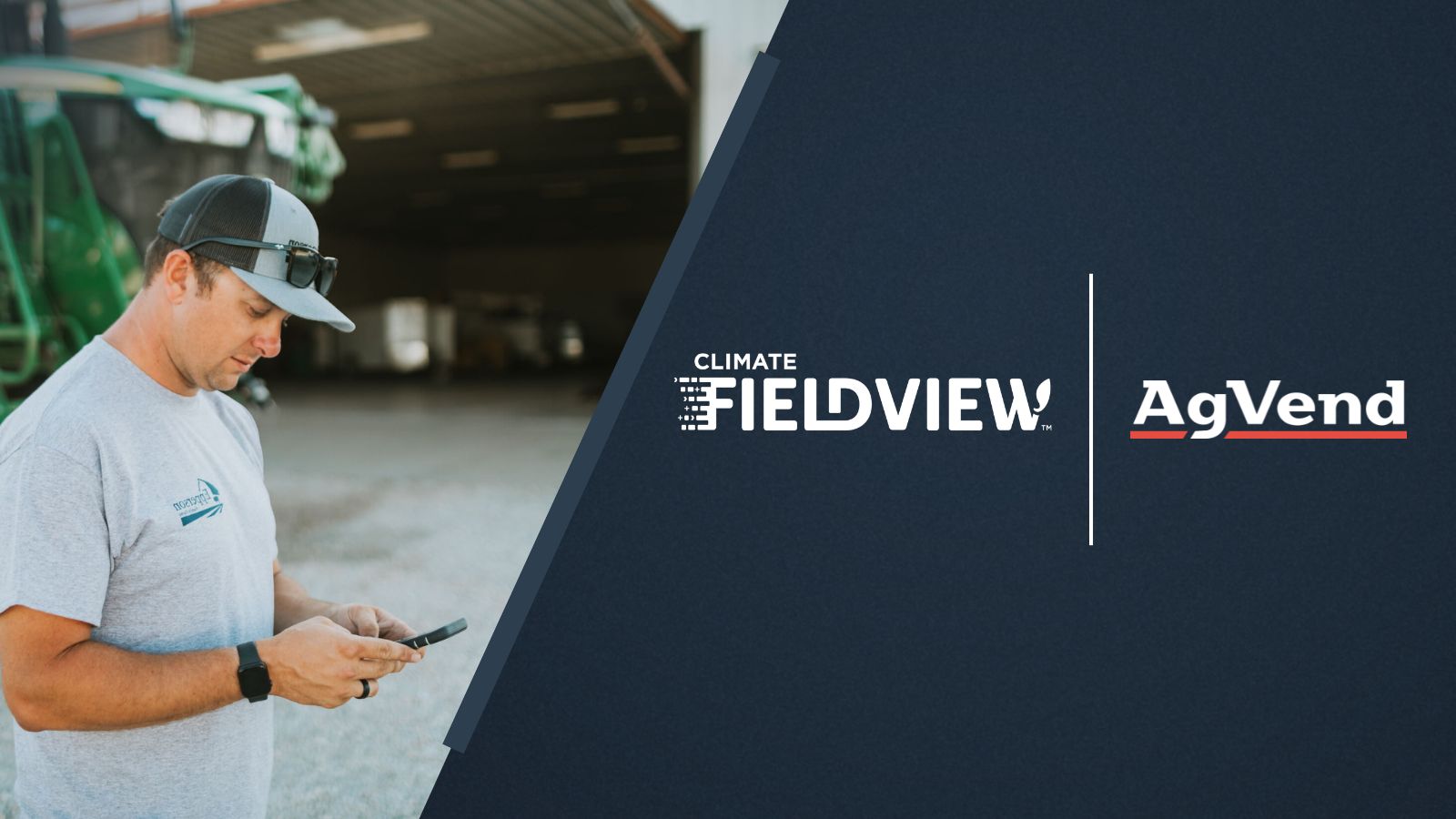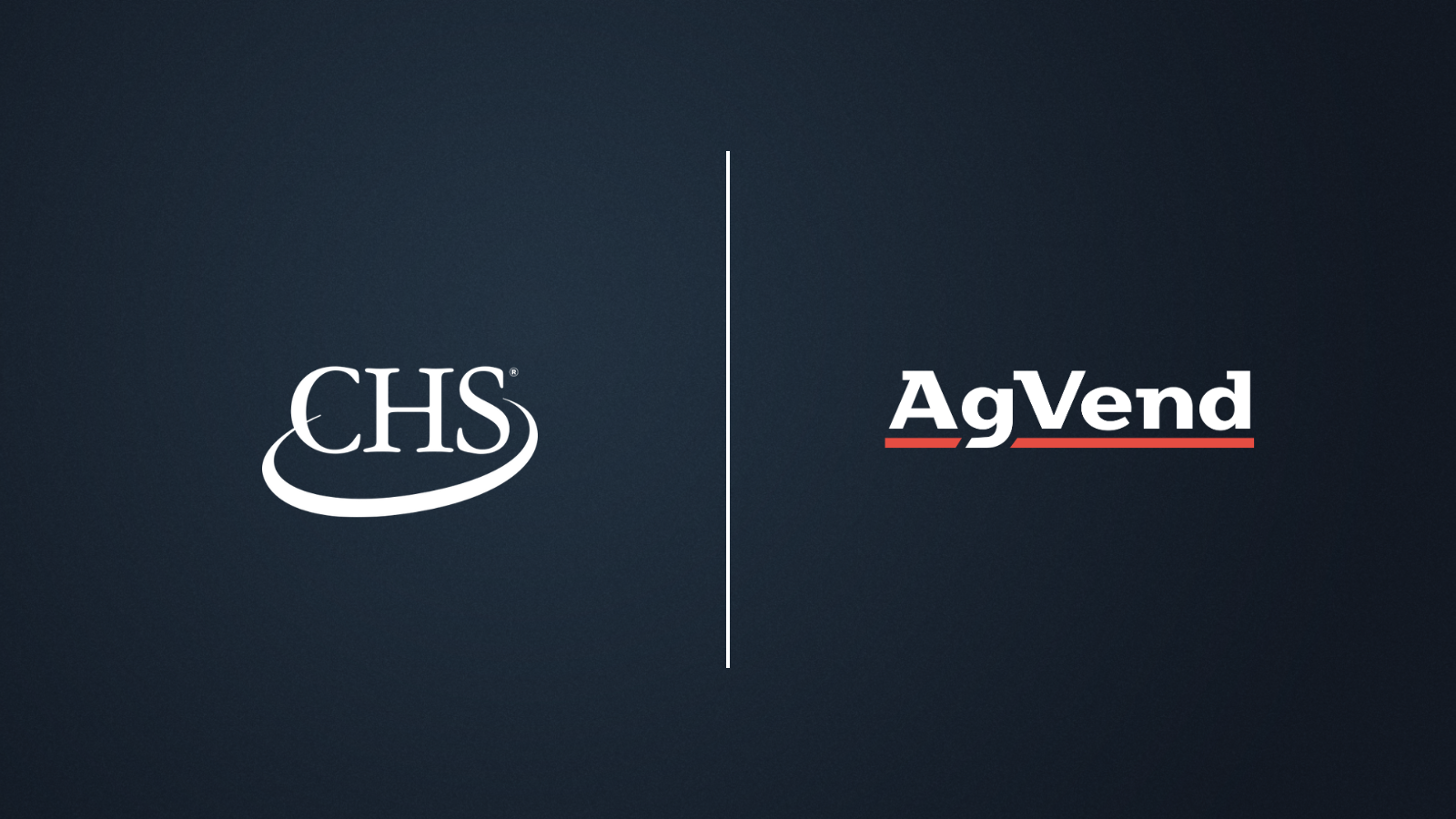
- January 1, 2020
Key Considerations When Deciding to Build a Customer Portal Internally

I recently had a conversation with a prospective partner who currently has an internally built grower portal. He was clearly stressed and used this reference from a children’s book (and a classic Harrison Ford flick) to describe his team’s challenges figuring out what to do next for their digital strategy.
“It’s like we gave the mouse a cookie and now he wants the milk, but we don’t have any milk to give them!”
This is not a unique issue, but actually quite common. It tends to happen when enterprises whose core competencies lay outside of technology attempt to build complex customer-facing digital tools. There are, of course, many competent IT teams and third-party development shops that serve these businesses. But when you combine project-based work with teams that lack (for good reason) the time to do their own extensive user research of customer needs, launching a successful digital platform can be a challenge.
To combat this, some enterprises decide to make significant investments in evolving traditional IT teams into software development organizations. Nutrien, for example, is hiring User Interface (UI) designers and User Experience (UX) Researchers and has spent time recruiting product managers with eCommerce experience. They have also built a software engineering team of over 100 employees based on their Loveland, CO campus, and have committed to spending $60M this year on their digital initiatives. So, short of making significant organizational changes and investments to focus on a digital strategy, putting this work on your existing internal or external IT teams is a very tall order.
Building software that meets the initial requirements of customers, employees, and executives is the (relatively) easy part.
But what and how to build the next iteration is when internal IT teams or third-party development shops are most challenged. So, what does this project-based roadmap look like? It’s probably something like this:
-
You decide to build a digital portal internally.
-
The business gathers requirements and looks at competitors’ offerings.
-
These requests then get passed to the IT team or a third-party development shop.
-
The IT team works on Version 1 (V1) for the next 9-12 months and launches it. Yay! V1 is out the door. The team now moves onto the next project on their stack, which is probably something that had been deprioritized 12 months ago to build the digital portal.
-
Good news, V1 is a massive success. Customers and employees love it and you are inundated with requests and feedback.
-
Note: V1 could also be a failure because it is buggy or has low adoption rates. Now the business is calling for it to be immediately fixed or pulled down altogether.
-
-
The business determines that V2 is necessary, and they go through budget approval, resource allocation, and prioritization for this project.
-
The IT team determines that they will get started on V2 once they complete the next 6m of work that was initially put off to create V1. After this amount of time plus three months of work on V2, it launches based on the feedback and requirements that are now over 9 months old.
-
New feedback and requests come in and we are back to step #6, repeating the process indefinitely.
In the meantime, your competitors that decided to partner with a SaaS (software as a service) provider who solely focuses on powering grower portals. They had V1 out before you started developing yours, which was quickly followed by V2 just two weeks later. They are now at least 12 months ahead of you, and on V20 by the time you launch V2.
Instead of building the platform itself, the IT teams at your competitors are focusing their efforts on developing specialized “bolt-on” components that make their solution truly unique.
It’s worth noting that the above timeline does not account for any time lost on conflicting internal priorities of your team. Assume that you have launched V1 and are deciding what to do for V2, but have limited time and resources. Your field team has heard that customers not only want to buy their agronomy products through the portal, but also want to buy fuel. At the same time, the head of feed operations (a larger business unit at your company) thinks that the use of the platform is absolutely necessary for her customers as well. The heads of feed and fuel operations disagree on priorities, and ultimately feed operations win because it is a bigger revenue generator for the company. IT spends 3 months building V2 to include feed, it launches and experiences an average rate of adoption, but fuel is still the most-requested feature. Would adding fuel in V2 have been a more efficient use of time?
One of the key values of working with a SaaS provider is that they are incentivized to determine a roadmap that is going to maximize value for your customers. You’ll spend less time worrying about what to build next and more time staying ahead of your customers’ needs.
Deciphering User Feedback
Now, let’s say that you have a platform-based internal or external IT team who is prioritizing the work on the portal. This team is now reviewing a litany of feedback from the field and customers. They tally up the requests and it turns out that seeing a static aerial image in the portal ranks at the top of the list. So they start building that. It gets launched and experiences a low adoption rate with many users complaining that it doesn’t provide much value. The IT team is left perplexed, as this is what the customers said they wanted.
In the meantime, your competitor who works with a SaaS partner is relying on the provider’s team of product managers and designers to do ongoing and in-depth user research. They find that the need in the case mentioned above is more about allowing the grower to see all field layers (ie. yield maps, as-applied data, etc.) in one spot so they can quickly make decisions based on different pieces of information. Good providers devote time to interviewing customers and reviewing user data to uncover their true needs and build solutions efficiently to meet them.
“If I had asked people what they wanted, they would have said ‘faster horses.’”
Henry Ford’s famous line applies to software development, too. There is often a better way to meet the customer’s needs than the solution that originally seems obvious. There’s also plenty to be said about not creating redundancies on a product and a process that has already proven to be incredibly valuable to many ag retailers. If you are seeking a truly unique experience for your customers, there is the ability to have your IT team build specialized features to add onto an existing portal. These are ideal projects to demonstrate the great value that IT teams, whether internal or third-party, can add.
If you are considering including a customer portal in your digital strategy and are trying to determine between building internally or partnering, let’s talk. Our team can walk you through the different options and help you determine the best fit for your organization. Send us a note by emailing us here, request a demo, or give us a ring at (877) 575-3575 to get started.
—
AgVend powers the omnichannel experience in agriculture. We provide ag retailers with white-labeled information, engagement, and commerce portals. Our suite of products is designed to strengthen the relationship between ag retailers and their grower customers. The AgVend team is comprised of individuals with backgrounds in agriculture, digital marketing, and omnichannel retail, and operates from dual locations in Minnesota and California.


